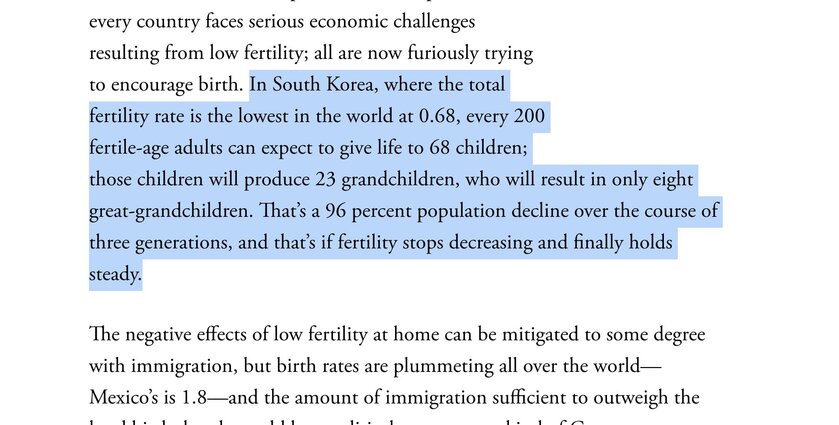We’re all watching the same headlines, scrolling the same feeds, and trying to make sense of the same chaos. And yet, for all the information at our fingertips, there are still some very basic questions we aren't answering honestly — like what Vladimir Putin actually wants, why this war in Ukraine keeps grinding on, and what it really means for the United States and our allies.
If you missed the LIVE, you can watch it HERE
Do We Still Keep Our Promises?
Whenever I go live, I like to ask people where they’re watching from. It’s not just a gimmick; it tells me something important. There are folks in Poland, Germany, Israel, Armenia, and all over the United States who have skin in the game with what we’re about to talk about. They’re not watching this as an abstract discussion. For some of them, this is about whether the ground under their feet will still belong to their country five years from now.
So I asked a simple question: Should the United States keep the commitments it has already made to its allies?
I’m not talking about getting involved in every brushfire conflict on the planet. I’m talking specifically about the promises we have already put our name on — treaties we signed, obligations we accepted, and expectations we created that other nations have built their security around.
The biggest of those, of course, is NATO — the North Atlantic Treaty Organization — created after World War II for one core purpose: to keep a check on Russia. That wasn’t paranoia. That was historical memory. Russia, whether under the czars, the Soviets, or Putin, has an almost compulsive habit of invading its neighbors. In just the last few decades, they’ve gone into Georgia, Chechnya, Crimea, and now full-on into Ukraine. They’ve made no secret of the fact that they believe they have a right to dominate not only their immediate borderlands, but the wider European sphere as well.
The problem is that while Russia has been very clear about its ambitions, the West has not been nearly as clear about its resolve.
The War You Don’t See: Russia’s Cognitive Offensive
If you only look at maps and front-line reports, you might conclude that Russia is stumbling. Their advances are slow and costly, their equipment is getting older, and they’re losing a lot of men. But you miss half the story if you stop there, because the real battlefield — the one Putin is betting on — is not just in trenches and ruined towns. It’s in the minds of voters in the United States and Europe.
Russian intelligence and state-backed actors have poured millions of dollars into what’s now being called cognitive warfare. They’ve set up SIM farms, bot farms, and propaganda networks across multiple continents. These aren’t just a few trolls on a laptop. We’re talking about industrial-scale operations — huge racks of phones and servers churning out fake profiles by the hundreds of thousands, posing as Texans, Brits, Indians, Germans, and everything else you can imagine.
Their purpose is simple and very specific:
to quietly steer public opinion away from supporting Ukraine, to paint NATO as the real villain, and to soften the West’s will to resist Russian aggression. They don’t need most people to become full-on pro-Russian. They just need enough people to become skeptical, weary, and divided. They know that democracies often defeat themselves from the inside long before an enemy ever crosses the border.
Why Putin Keeps Showing Up to “Peace Talks” He Doesn’t Mean
You may have noticed something about every “peace process” floated over the last two years. Russia walks in, sits down at the table, plays the reasonable partner for a few days or weeks, and then undercuts the deal or simply ignores it.
There’s a reason for that.
Putin’s strategy is not to end the war quickly. His strategy is to drag it out as long as possible while shaping the political terrain in the West. As long as he can keep the guns firing, he believes he can:
Grind down Ukraine’s manpower and infrastructure
Burn through Western political patience
Deepen divisions between Europe and the United States
Wait for elections or leadership changes to give him a more favorable climate



















